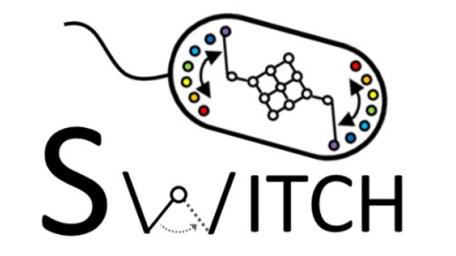DARPA’s Switch program aims to develop a suite of tools and approaches to engineer run-time reprogrammable microorganisms that support a variety of possible manufacturing processes

Jul 9, 2024
The U.S. Department of Defense (DoD) currently relies on chemical products obtained from petroleum, or petrochemicals, as the source of carbon-containing molecules required for virtually every aspect of DoD operations including food, pharmaceuticals, textiles, and more. Petrochemical manufacturing increasingly depends on vulnerable foreign supply chains, and current manufacturing practices cannot readily pivot to make different products, limiting the ability to adapt to market changes or DoD needs. Given the diversity of useful commodities that are made with petrochemicals, there is dire need for alternative petrochemical-independent production processes that can manufacture these same commodities in an agile, reprogrammable manner.
Alternative emerging technologies, like biomanufacturing, can produce similar organic commodities to petrochemicals, but these technologies are still developed to optimize yield at the cost of flexibility, and to produce a single commodity. To address these challenges, DARPA’s Switch program aims to develop reprogrammable systems with unprecedented stability that will provide supply chain resilience and a pathway to continuous biomanufacturing.
“The Switch program aims to bring programmability and long-term stability to the biomanufacturing process to enable timely, switchable product development,” noted Dr. Matthew Pava, Switch program manager. “By engineering run-time reprogrammable platforms, Switch aims to enable new concepts of operation for biomanufacturing that provide novel capabilities for national security.”
Specifically, the 36-month program aims to:
- Enable opportunistic consumption by switching between feedstocks
- Need-driven manufacturing that toggles between different products
- Co-opted capacity by temporarily and reversibly adapting existing biomanufacturing platforms
- Provide continuous production for long-term stability
“If successful, Switch will result in a suite of tools and approaches to engineer run-time reprogrammable microorganisms that support a variety of possible manufacturing processes, optimizing economic resilience and facilitating crisis response,” added Pava.
A program solicitation with all program details and instructions for submitting proposals is available on SAM.gov.
